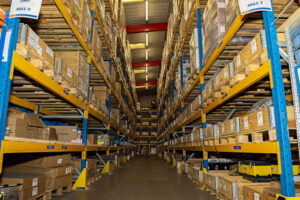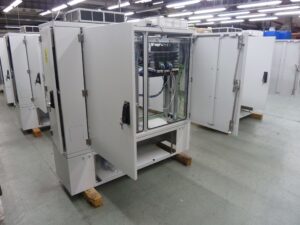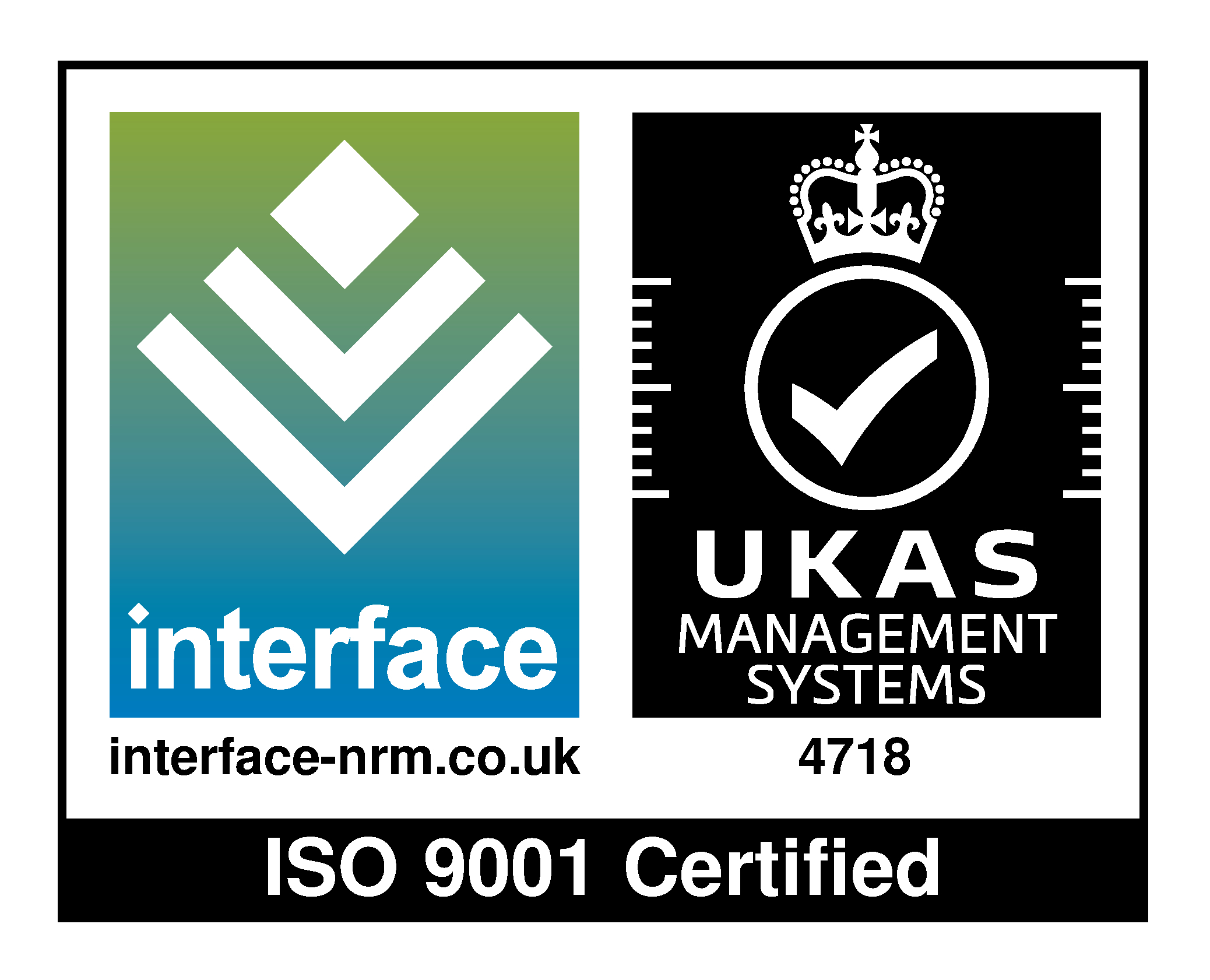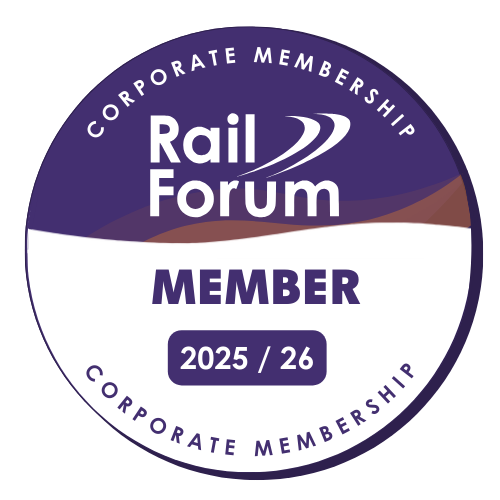You could compare the UK’s rail investment to that of a train itself. You spend years waiting for an influx of cash and then several come at once!
Less than a year after the Government ploughed £350m into digital signalling projects on Britain’s railways, it recently announced an additional £450m investment for a range of rail upgrade projects across the country. The funds will help upgrade and modernise the Transpennine route between York, Leeds, and Manchester; improve freight capacity between the Port of Southampton and the Midlands; and build new stations in Exeter and Leeds.
It’s a welcome and much needed to boost to an important sector that has suffered at the hands of Coronavirus restrictions, limiting passenger numbers, and reducing freight links. But why is it taking so long to upgrade the country’s rail infrastructure, particularly when other sectors such as automotive appear to be stealing a march in the race towards digitalisation?
One reason is the sheer lack of resources available. Much of our rail network has aged considerably. If we are to implement some of the new digital rail facilities we need for improved passenger experiences and increase freight capacity, we must ensure that investment is sustained, significant, and covers the entirety of Britain’s rail infrastructure. There’s a real need to integrate the rail supply chain more effectively, putting greater emphasis on the innovation and risk-sharing approaches of SMEs, rather than traditional contracting and supply chain practices that are largely outdated. Initiatives such as the Rail Sector Deal, announced as part of the Government’s Industrial Strategy of 2018, began to break down the barriers for SMEs in rail and the Government is still working to reach its target of spending a third of annual rail expenditure via SMEs by 2022.
The other reason is the lack of communications infrastructure rail-side, upon which new digitalisation initiatives depend. If we are to encourage and enable seamless rail digitalisation, there is a pressing need for new materials and technologies for trackside services, for example data cabinets. Traditionally, these are made from metal, which still has its place, of course, but it can make it a challenge when it comes to upgrading, maintaining and configuring them for today’s advanced electronics and communications equipment. At CHH, we pioneer polycarbonate materials for data cabinets. Ours follow a modular design, which enables them to be modified or upgraded in isolation, enabling internal equipment to be reconfigured and damaged parts replaced on site without any interruption to rail services.
Finally, we need a change of thinking and greater collaboration throughout the supply chain. Every supply chain actor is aware of the need for rail digitalisation and pushing the concept, but the reality is that for digitalisation to be successful, we need to move towards a more open technology platform, one which enables data sharing and access for everyone. We must move away from disparate systems towards a more collaborative system-wide approach that makes information available to everybody for analysis and action.
With recent Government investments into the rail sector, we’re beginning to overcome the huge resource challenges ahead of us, but investment alone cannot make rail digitalisation a reality. Instead, we need innovation, new ideas, new players and greater collaboration. CHH CoNeX embeds communication and collaboration into our philosophy and are always on the lookout for new partnerships. After all, the entire rail supply chain is working towards the same goal, we ought to work together to achieve it.








